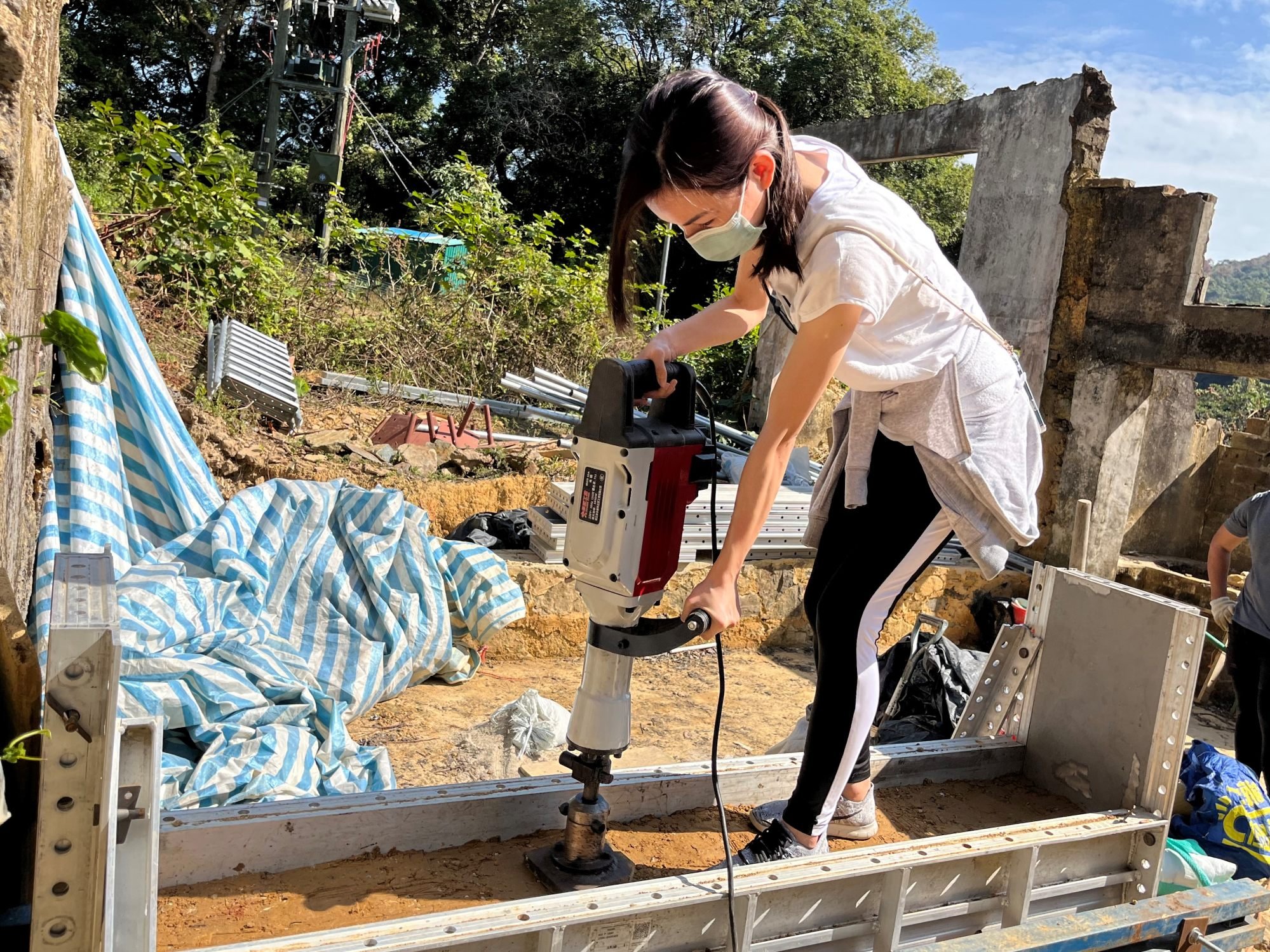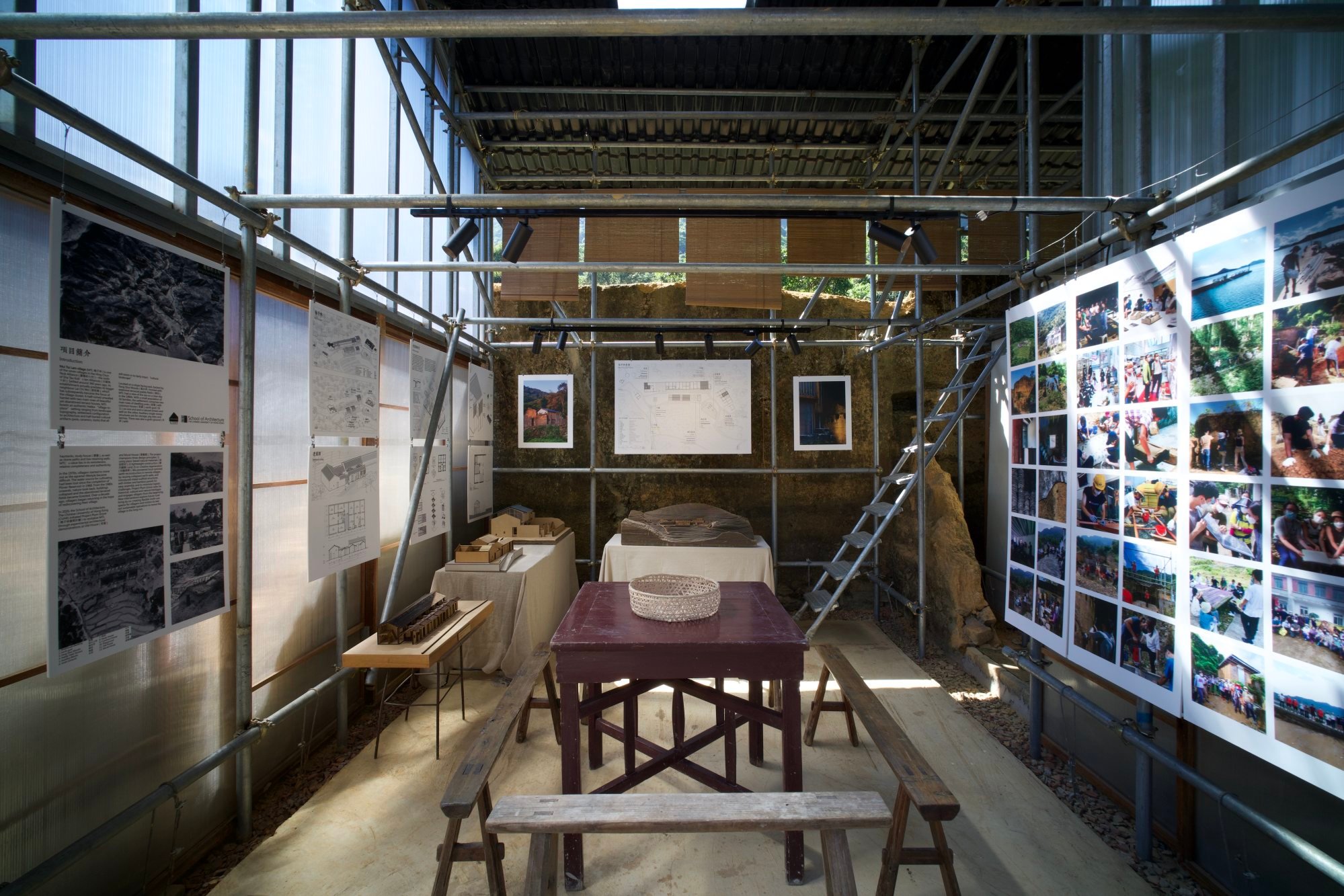
360-year-old abandoned Hong Kong Hakka village is born again – the award-winning revitalisation of Mui Tsz Lam
- Abandoned in the 1980s, Mui Tsz Lam has been gaining recognition as a model for rejuvenation through a project led by the Chinese University of Hong Kong
- The project engaged returning villagers, university students and researchers, as well as some 120 volunteers throughout the two-year process
In 2017, when Tsang Yuk-on returned to his family home in remote Mui Tsz Lam, in northeast Hong Kong near the Shenzhen border, the village representative couldn’t help but feel sad to see his birthplace silent and deserted.
“In the old days of this Hakka village, all children attended school for half a day and helped with household chores and farming the rest of the day,” says Tsang, who is now in his 70s. “Despite the tough times, we were a very close community, and worked together to overcome challenges.”
However, fond memories of “where I belong”, as he puts it, augmented rejuvenation efforts. A result is the experimental restoration of one of Hong Kong’s abandoned Hakka villages.
The government-funded Project Plum Grove was collaboratively undertaken between 2020 and 2022 by the Chinese University of Hong Kong (CUHK) School of Architecture with the help of returning villagers and other volunteers.

It won the President’s Special Prize and the Hong Kong Institute of Architects (HKIA) Special Award – Architectural Installation, Curation & Exhibition Design at the 2023 HKIA annual awards, and was a finalist in two categories at the 2023 World Architecture Festival Awards.
In the late 1980s, Mui Tsz Lam (literal translation Plum Grove), established 360 years ago as part of a farming village cluster, was abandoned after the last of the villagers moved to the city, or abroad.
Can anything save 3 historic Hong Kong villages from the wrecking ball?
Like others in the village, Tsang’s home, the oldest and largest in a set of original rammed-earth row houses, fell into ruin. But the dwellings, feng shui woods, earth god, terraced rice fields and an old well were still visible.
As village representative since 1993, Tsang has long tried to revitalise the village, liaising with authorities to trim overgrown trees blocking the public footpaths to Mui Tsz Lam, and soliciting financial support from villagers who have moved abroad.
Donations received annually from overseas villagers contribute to ongoing maintenance.

Plans to reintroduce fruit trees to the village to promote sustainable development were given a boost in 2017 by a benefactor who provided 200 tangerine-tree seedlings.
While traditional paddy rice farming was very popular in Hakka villages, the cultivation of fruit trees later became a big business, Tsang says.
“Due to the high demand for tangerines as festive plants for Chinese New Year, villagers in Mui Tsz Lam started to grow them and surprisingly, the weather and soil there were very suitable.
“[Now] every year during the harvest season I invite the villagers and volunteers to come together for a gathering where we share the fruits.”

CUHK’s involvement began with a visit to the village by Thomas Chung, associate professor at the university’s School of Architecture, at the invitation of Tsang. The pair later began hatching a proposal to co-create a sustainable model for village revitalisation in Hong Kong.
Two houses bookending Mui Tsz Lam – Tsang’s family home, dubbed in this project the Old House, and another, the Mural House, named after the artwork that adorns it (a mural of local bird species painted by Hong Kong writer and artist Human Ip during a three-month artist-in-residence programme at Mui Tsz Lam in 2019) – would be the proof of concept.
The project engaged returning villagers, university students and researchers, as well as some 120 volunteers throughout the two-year process.

The aim was to revive old traditions with minimal architectural intervention. Collapsed walls would be rebuilt, the original blue brick and stone facades restored, and broken roof tiles, ridges and decorative corners excavated for reuse in landscaping.
Even accessing the site proved challenging for the team, Tsang says. Although only 25km (16 miles) from densely populated Mong Kok, Mui Tsz Lam has no road access: getting there involves either a 25-minute uphill hike from Lai Chi Wo, or an hour’s walk from Wu Kau Tang.
Rebuilding the rammed-earth walls involved much experimentation. After the original villagers were consulted on where to source the best raw earth, researchers put different ingredient mixes through compression tests in a laboratory.

On-site, a metal shutter system was used for formwork to contain the earth mixture, rammed to maximise compaction, as the walls were rebuilt in sections.
New materials were kept simple – lightweight polycarbonate and timber/bamboo panels, and metal roofs. Inside, scaffolding systems supporting the structures remain in situ – a reminder, Chung explains, that “this is only a temporary structure, a model for future possibilities”.
The work in progress has had a domino effect. More villagers began returning to rebuild their own houses privately, while two NGOs – the Wu Zhi Qiao Charitable Foundation and HakkaHome-LCW (Lai Chi Wo) – joined volunteers in various efforts to self-build public amenities such as benches, tables and a communal kitchen.
Mui Tsz Lam is my home, and I want to preserve and pass on the historical and cultural values of this place
The metal climbing frames of a children’s playground, still in good condition, needed only minor safety adjustments.
Today, under the Environment and Ecology Bureau’s Countryside Conservation Funding Scheme, the project continues in its second phase: making the houses permanent.
The Old House is being developed into a Hakka-culture community hub (slated for completion in mid-2024), and the Mural House as a rural living lab for research and recreation.
Meanwhile, the private owners are making their finished spaces available for community gatherings and demonstration workshops.

Despite its remoteness and many logistical constraints, Project Plum Grove suggests a viable revitalisation approach for Hong Kong’s remaining Hakka villages, Tsang says.
The project’s socially engaged design has not only won local architecture awards but also garnered international attention. As a result, CUHK has set up a dedicated research hub for rural revitalisation.
Chung now leads a multidisciplinary team working on large-scale, longer-term revitalisation efforts in several other remote Hakka villages, such as Kuk Po, Yung Shue Au and on Lantau Island.
How revitalised Hong Kong park is using design to bring a community together
Tsang couldn’t be more pleased.
“Mui Tsz Lam is my home, and I want to preserve and pass on the historical and cultural values of this place,” he says.
“What’s even more important to me is seeing the village’s cultural and natural resources being utilised by villagers, volunteers and anyone interested in experiencing Mui Tsz Lam.”

